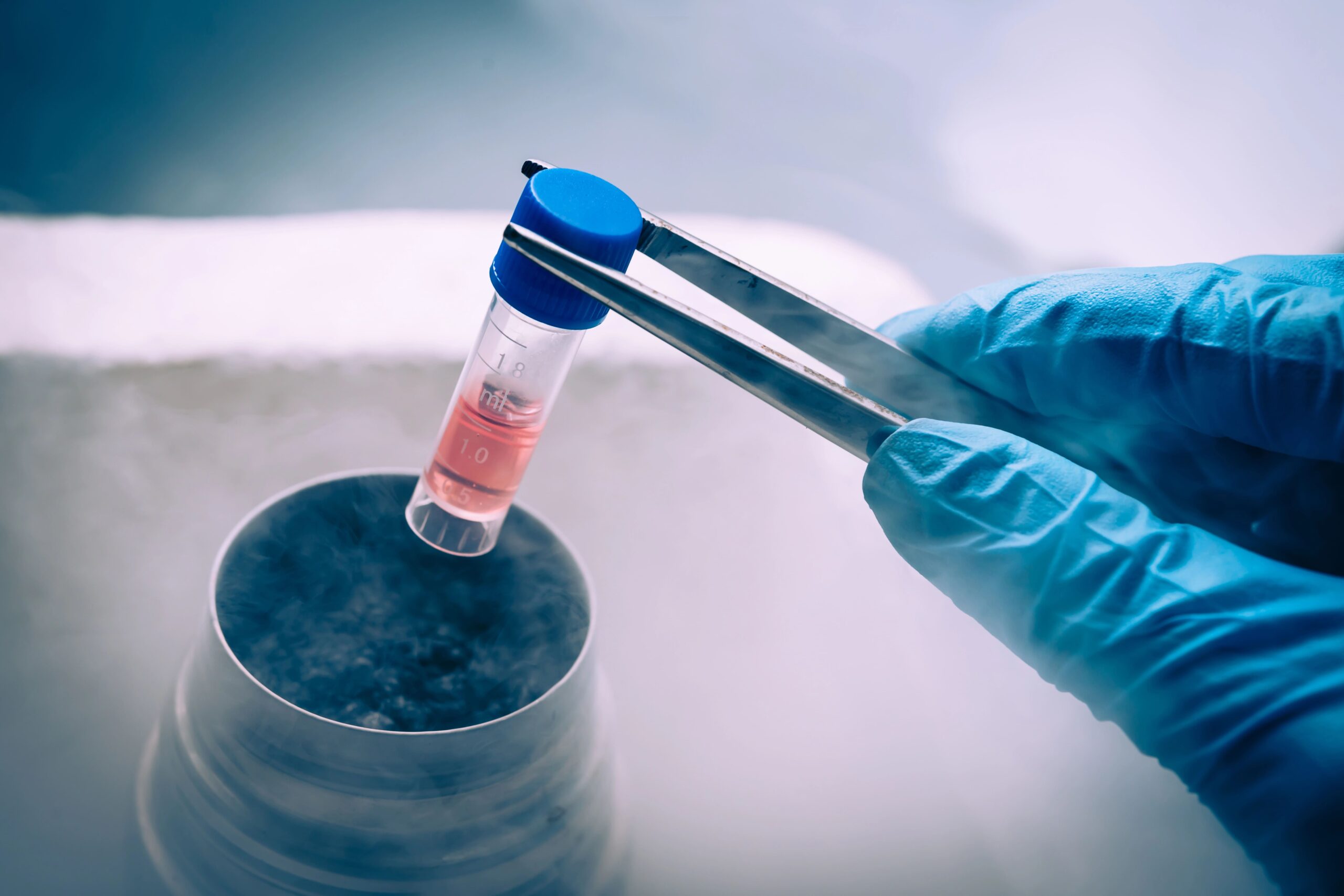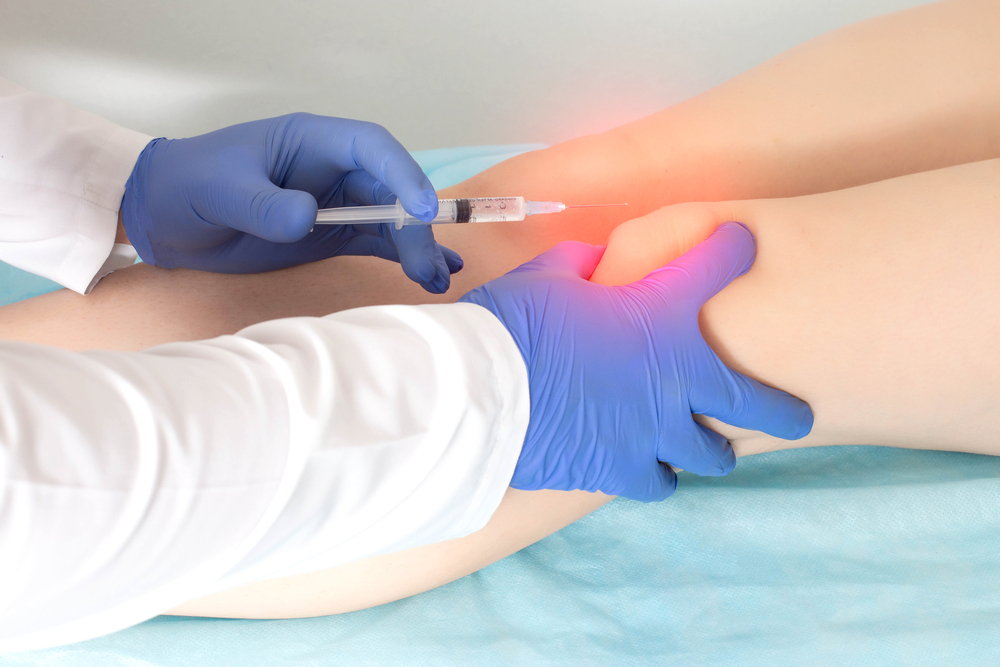
Understanding Autoimmune Support with Umbilical Cord Tissue-Derived Wellness Therapies
Autoimmune conditions occur when the immune system mistakenly impacts the body’s own tissues, leading to chronic inflammation and tissue strain. T cells, a type of immune cell, can sometimes become overactive, contributing to this process.

The Impact of Aging on Cellular Wellness
As we age, the body’s natural cellular renewal slows. For example:
This natural decline in regenerative capacity can result in slower recovery and tissue repair. Younger cellular wellness applications, like those derived from umbilical cord tissue, are more robust—they tend to replicate faster, function longer, and secrete more beneficial growth factors, making them a valuable wellness option for supporting tissue health, immune balance, and cellular function.

Umbilical Cord Tissue and Mitochondrial Support
Mitochondria, the “powerhouses” of our cells, are essential for energy production (ATP). Over time, they naturally degrade due to processes like oxidation, which can accelerate aging. Research indicates that umbilical cord tissue-derived biologics may support cellular health by transferring healthy components to strained cells, potentially helping them regain function and contributing to tissue health and longevity.

Platelet-Rich Plasma
(PRP) Therapy
PRP therapy harnesses the properties within your own blood to support tissue health. After drawing a small amount of your blood, it is processed to concentrate the platelets, which are then administered to areas of discomfort, strain, or injury. These platelets release growth factors that signal your body to support tissue wellness. PRP is used to support recovery in muscles, ligaments, and for chronic discomfort from conditions like arthritis.
Conditions Supported by Restorative Medicine
At Nordquist Integrated Medicine, our wellness-focused therapies offer a supportive approach to managing a wide range of conditions, enhancing comfort and mobility. Here’s a summary of the areas we support:
Why Choose Regenerative Medicine at Nordquist Integrated Medicine?

Natural Wellness Support
Our therapies work with your body’s natural processes to support long-term comfort.

Non-Invasive
We offer a non-surgical approach, allowing you to avoid invasive treatments and medication reliance.

Sustainable Results
By promoting tissue wellness and immune support, our therapies address the source of discomfort for lasting benefits.
FDA-registered and multi-state licensed tissue bank that provides breakthrough natural biologic products
We use level one (1) Orthobiologics.
We use differentiated MSCs or allogenic allografts derived from the umbilical cord to supplement defects so the body has the ability to heal itself at a cellular level. We do not use pluripotent MSCs that can become any tissue, including tumors, and may be rejected by your body.
Partner with Nordquist Integrated Medicine
If you’re experiencing joint discomfort, chronic conditions, or seeking wellness support, it’s time to explore restorative medicine at Nordquist Integrated Medicine. Call us today at (253) 904-3737 to schedule your consultation and learn how our natural therapies can support your journey toward better health and comfort.
Proudly Rated 4.9 Stars by Our Patients

(300+ Reviews)

